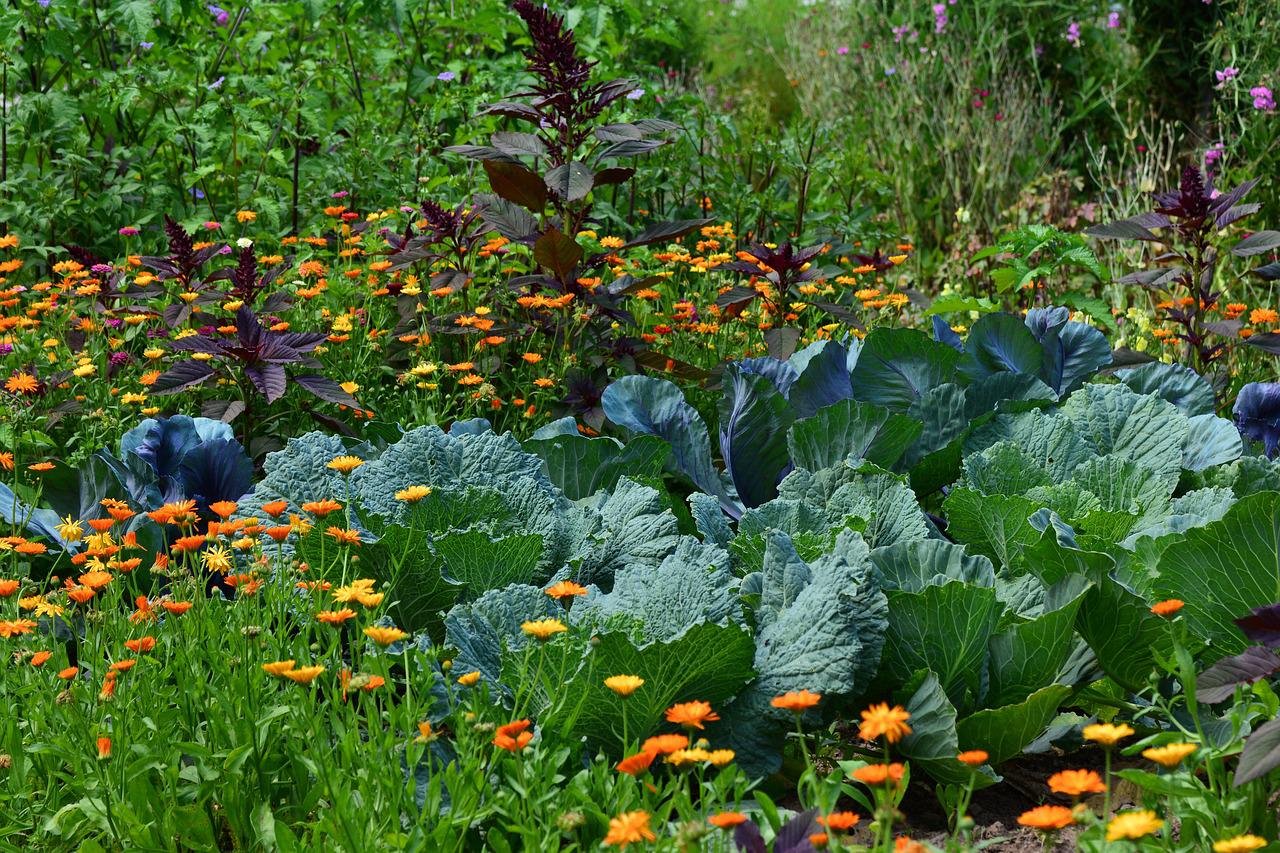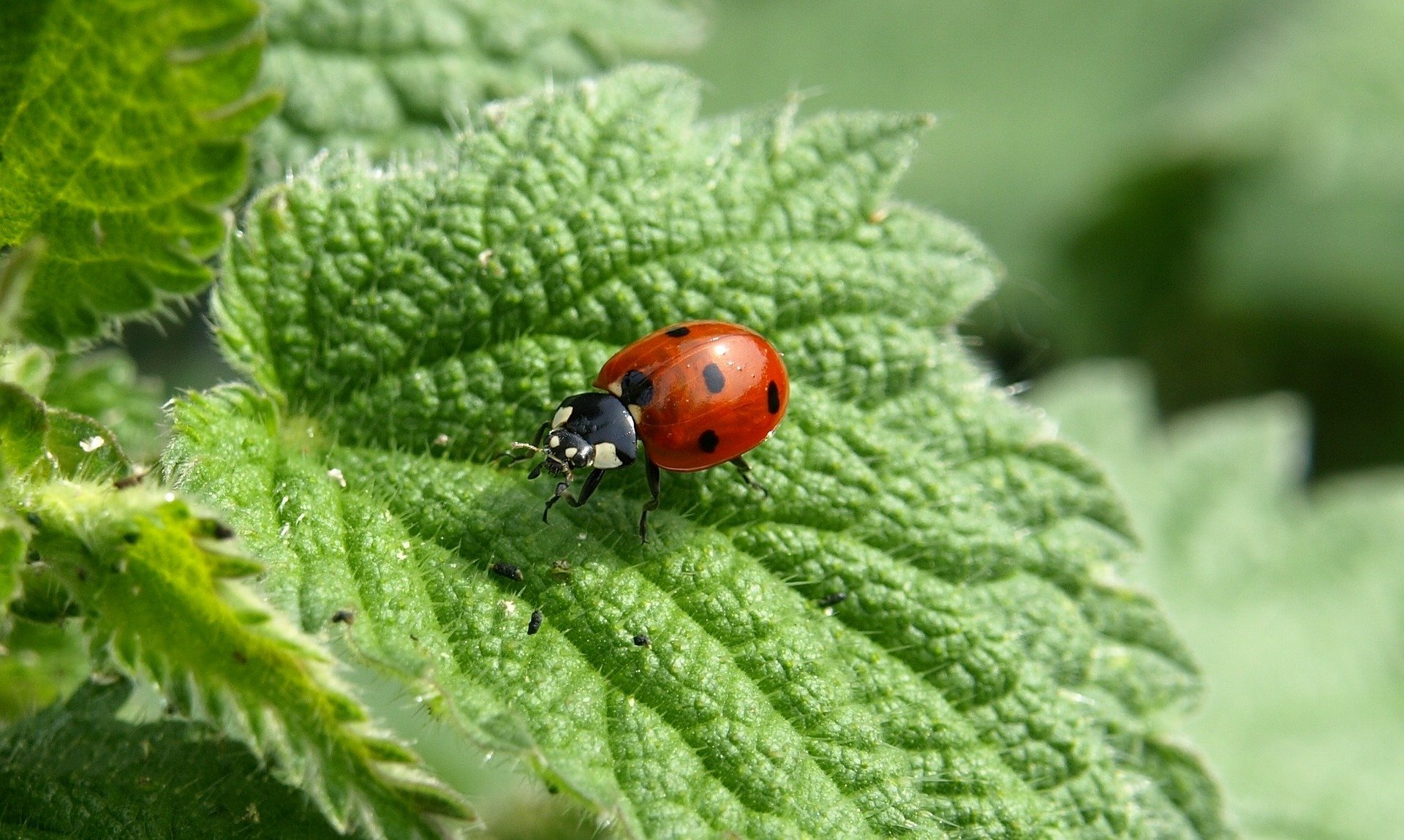Eco-gardening is the practice of gardening sustainably, drawing inspiration from nature
An eco-garden starts from the ground up:
Use natural fertilizer – no chemicals, or one of the ‘cides— pesticides, herbicides or fungicides.
Use recycled or recyclable materials.
Choose native plants and remove noxious, invasive plant species. See list of invasives.
Plant herbs and vegetables together. Consider sun and wind exposure, water preferences, soil drainage and composition, slope, mature size, plant group synergies, and flowering/dormancy cycles when selecting native plants for your garden.
Choose plants that attract insects and birds who can control destructive insects. Plant multiple canopy layers to attract and house a variety of wildlife.
Use water sparingly. Utilize household wastewater on-site by installing a greywater or laundry-to-landscape system for replenishing local groundwater resources. Establish a rainwater catchment system, bioswale or raingarden to retain stormwater and reduce runoff.
To pick up compost, you should bring your own shovel, container, and gloves to load the materials yourself.
Compost is Key
Every eco-garden includes a compost bin. By making a compost bin, you recycle all your waste and your composted waste makes the ideal fertilizer for your garden. You can also get free compost from the City of Piedmont.
The self-haul compost pilot program offers free compost for Piedmont residents to pick up on specific days, as weather and availability allow. The compost will be available to residents to self-haul every Friday during the summer months, first-come, first-served. Check the City’s website for more details about the Free Compost Program.
Mix Your Edibles
Edible plants are a big part of an eco-garden. Experienced eco-gardeners mix their veggies and herbs together rather than plant them separately. They do this to minimize infestation. For example, if you plant carrots and spring onions together, the spring onions will discourage the pests that can destroy your carrots.
Birds and Bees
When we think of insects and birds, we tend to think of the insects and birds that harm our plants. In an eco-garden, you try to attract insects and birds that feed on the harmful insects. Birds can help keep snails and caterpillars out of your garden, for example, and some insects feed on aphids and other harmful insects.
Dense Planting Conserves Water
An ideal eco-garden is a lush, fairly dense garden. Experienced eco-gardeners place taller, sun-loving plants next to lower plants that like shade or filtered sunlight. Planting a denser garden also helps minimize your use of water because the water you use irrigates more plants and the ground shade reduces evaporation.
Quick Links
Garden & Home Tours
Recommended Video
Doug Tallamy, on “Gardening with Native Plants for Wildlife”
California Native Plants & Gardens Books
This great book list is compiled by the Marin Chapter of the California Native Plant Society.
Membership Organizations with Reliable Information
Plant Selection Help
Native Plant Nurseries
East Bay native plant nurseries
California-wide native plant nurseries plant sales, and gardens
Water Use Resources
Rainwater Collection & Stormwater Management:






